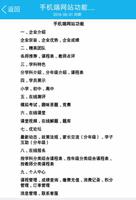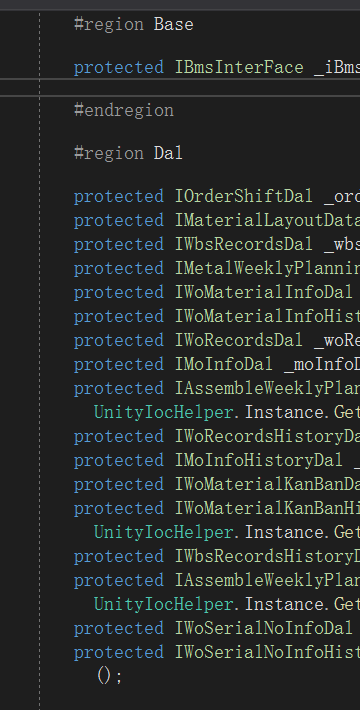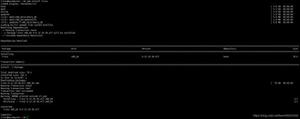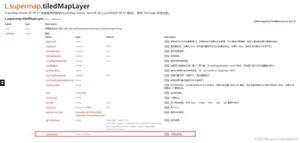检查手机端的屏幕是横向还是纵向
手机端的网页可能会存在横向或者纵向,PC 的网页则没有这些区别,也没有相关的 API 去检查这个属性,普通的网页纵向的浏览方式是最好的,可能有一些特别的应用适合横向的屏幕浏览,比如说小游戏、视频等,我们可以检查这个属性,提醒用户以舒适的方式浏览我们的网页。
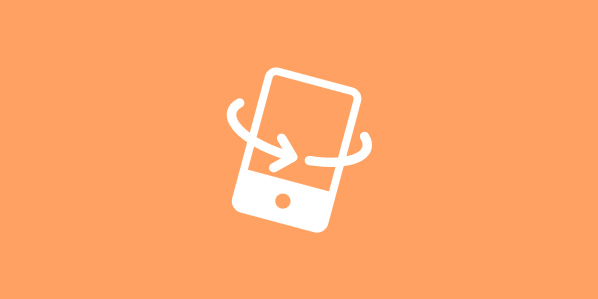
orientationChange
orientationChange 事件是在用户水平或者垂直翻转设备(即方向发生变化)时触发的事件。
// Listen for orientation changeswindow.addEventListener("orientationchange", function() {
// Announce the new orientation number
alert(window.orientation);
}, false);
// jQuery 写法$(window).on("orientationchange",function(){
alert("方向已改变!");
});
如果用户改变屏幕的方向,window.orientation 的值会发生变化,-90 意味着该设备横向旋转到右侧,而 90 表示该设备是横向旋转到左边。

Resize
有些设备并没有提供 orientationchange 事件,但是会触发窗口的 resize 事件:
// Listen for resize changeswindow.addEventListener("resize", function() {
// Get screen size (inner/outerWidth, inner/outerHeight)
}, false);
可能没有 orientationchange 事件那么好用,但是这不失为一种有效的解决方法,只是无法检查用户旋转的方向。
直接比较屏幕的长宽比
手机的屏幕肯定是矩形的,这意味着有一边长一点,有一边要短一点,使用长度除以宽度,如果值是大于 1 的,那么就表明用户是竖着屏幕的,反之亦然。
if(window.screen.availHeight/window.screen.availWidth > 1){ // 纵向屏幕
}else{
// 横向屏幕
}
结合上面的 resize 方法,就能检测用户旋转屏幕的方向了。
媒体查询
我们还可以通过 CSS 的媒体查询确定屏幕的方向:
/* portrait */@media screen and (orientation:portrait) {
/* portrait-specific styles */
}
/* landscape */
@media screen and (orientation:landscape) {
/* landscape-specific styles */
}
matchMedia
进一步的通过 JS 的媒体查询,也能确定屏幕的方向:
// Find matchesvar mql = window.matchMedia("(orientation: portrait)");
// If there are matches, we're in portrait
if(mql.matches) {
// Portrait orientation
} else {
// Landscape orientation
}
// Add a media query change listener
mql.addListener(function(m) {
if(m.matches) {
// Changed to portrait
}
else {
// Changed to landscape
}
});
上面这么多的方法,总有一个适合你的项目,如果你有更好的解决方法,请留言告诉我。
以上是 检查手机端的屏幕是横向还是纵向 的全部内容, 来源链接: utcz.com/p/231825.html

